
Ethnicity
A distinct feature of classifying people into ethnic groups in Ghana is by the common language spoken by that group or one’s mother’s tongue. In Ghana, Akans (47.5%) constitute the largest ethnic group with many sub groups. Asante, Akyem, Sefwi, Assin, Akuapem, Fante, Wassa, Nzema, Bono and Ahanta. Table 3.9 shows that the distribution of Ghanaians in the Region by ethnic group has remained virtually unchanged over the past decade.
The ethnic majority in the Region are the Akans (78.2%) with the remainder is distributed among the Mole Dagbani (8.6%), the Ewe (6.2%), the Ga- Adangbe (3.1%) and others (3.9%). The largest ethnic minority is the Mole Dagbani who are mainly found in the northern part of the Region (Bia, SefwiAkontombra, Aowin- Suaman, JuabesoSefwiWiawso and WassaAmenfi West) where they are mainly engaged in cocoa production.
Religious Affiliation
The 1992 Republican Constitution provides for freedom of worship which allows all persons to join any religious organisation of their choice. Table 3.10 shows the distribution of the regional population by religious affiliation in 2000 and 2010, and the District population in 2010. The Table shows that, majority of persons living in the region are Christians 82.0 percent, while Moslems 9.3 percent and Atheist 6.7 percent. Traditional and other religions constitute about one percent each. This regional pattern has remained unchanged over the decade. Among the Christians, the proportions who are Catholics and Other Christians have declined, while Protestants and Pentecostals/Charismatics have increased. The proportion of Moslems also increased while that of Atheist decined.
The pattern of religious affiliation in the Region is virtually replicated in all the 17 districts. The Districts with high proportions of Moslems which are higher than the regional figure of 9.3 percent, are SefwiAkontombra (16.6%), Bia (16.3%), Aowin-Suaman (13.3%), WassaAmenfi West (11.5%), Prestea/Huni Valley (11.1%), Juabeso (9.8%) and Sekondi-Takoradi (9.4%). The high proportion of Moslems in these Districts is consistent with the high proportions of in-migrants from the three Northern Regions of Ghana into these Districts.
Date Created : 12/15/2017 4:41:48 AM


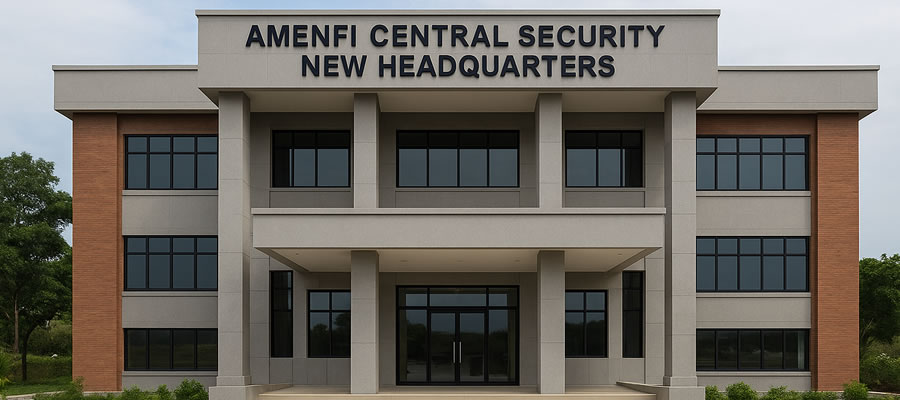
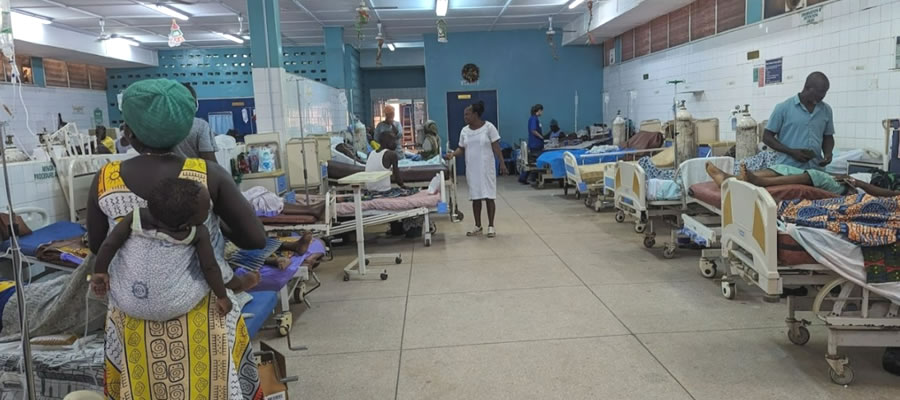
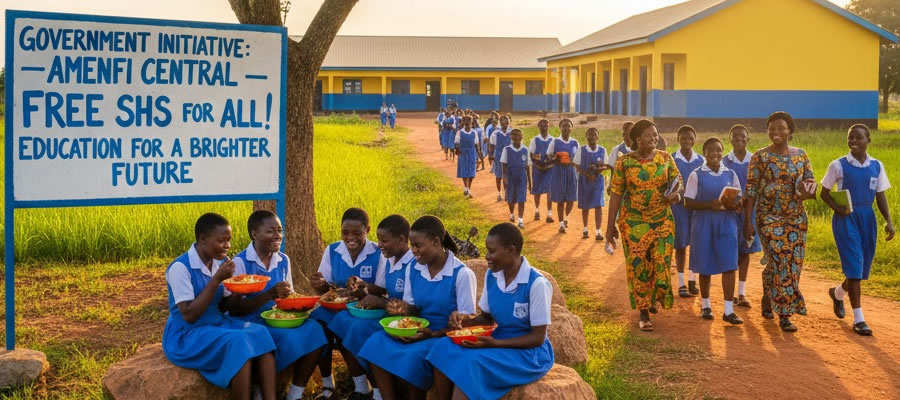
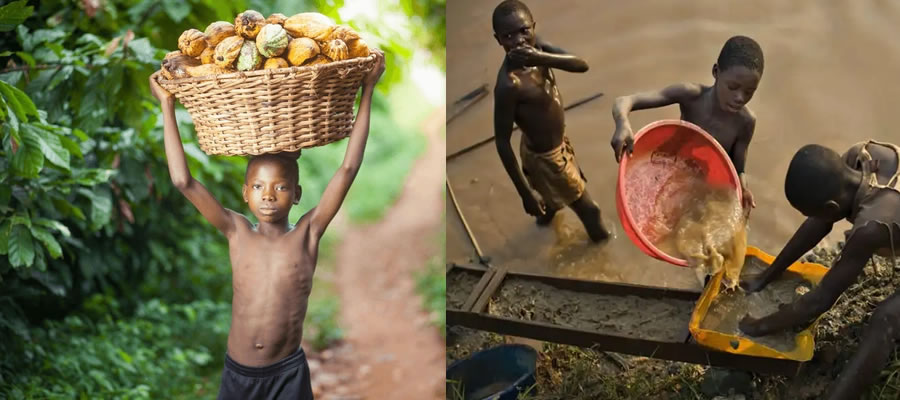


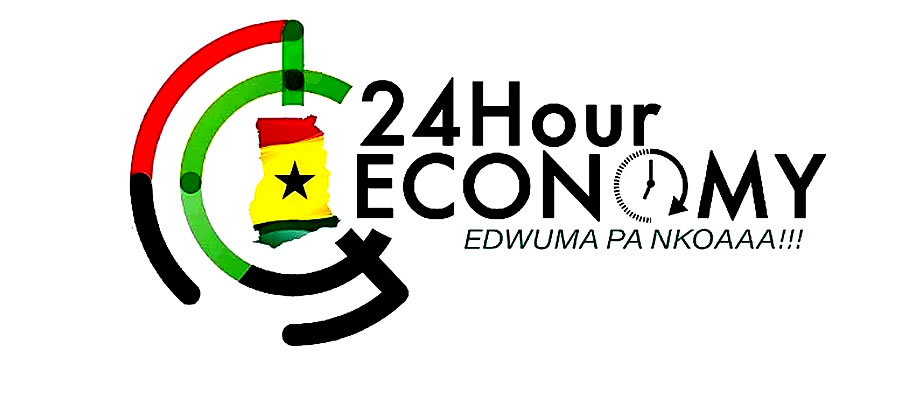
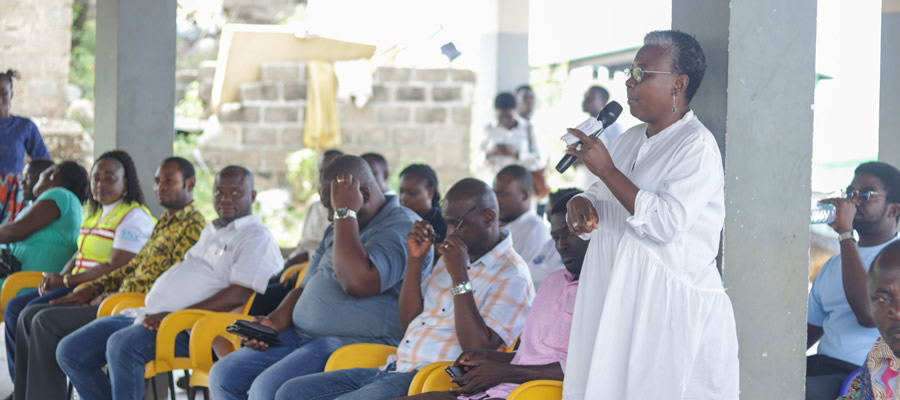


 facebook
facebook
 twitter
twitter
 Youtube
Youtube
 +233 593 831 280
+233 593 831 280 0800 430 430
0800 430 430 GPS: GE-231-4383
GPS: GE-231-4383 info@ghanadistricts.com
info@ghanadistricts.com Box GP1044, Accra, Ghana
Box GP1044, Accra, Ghana